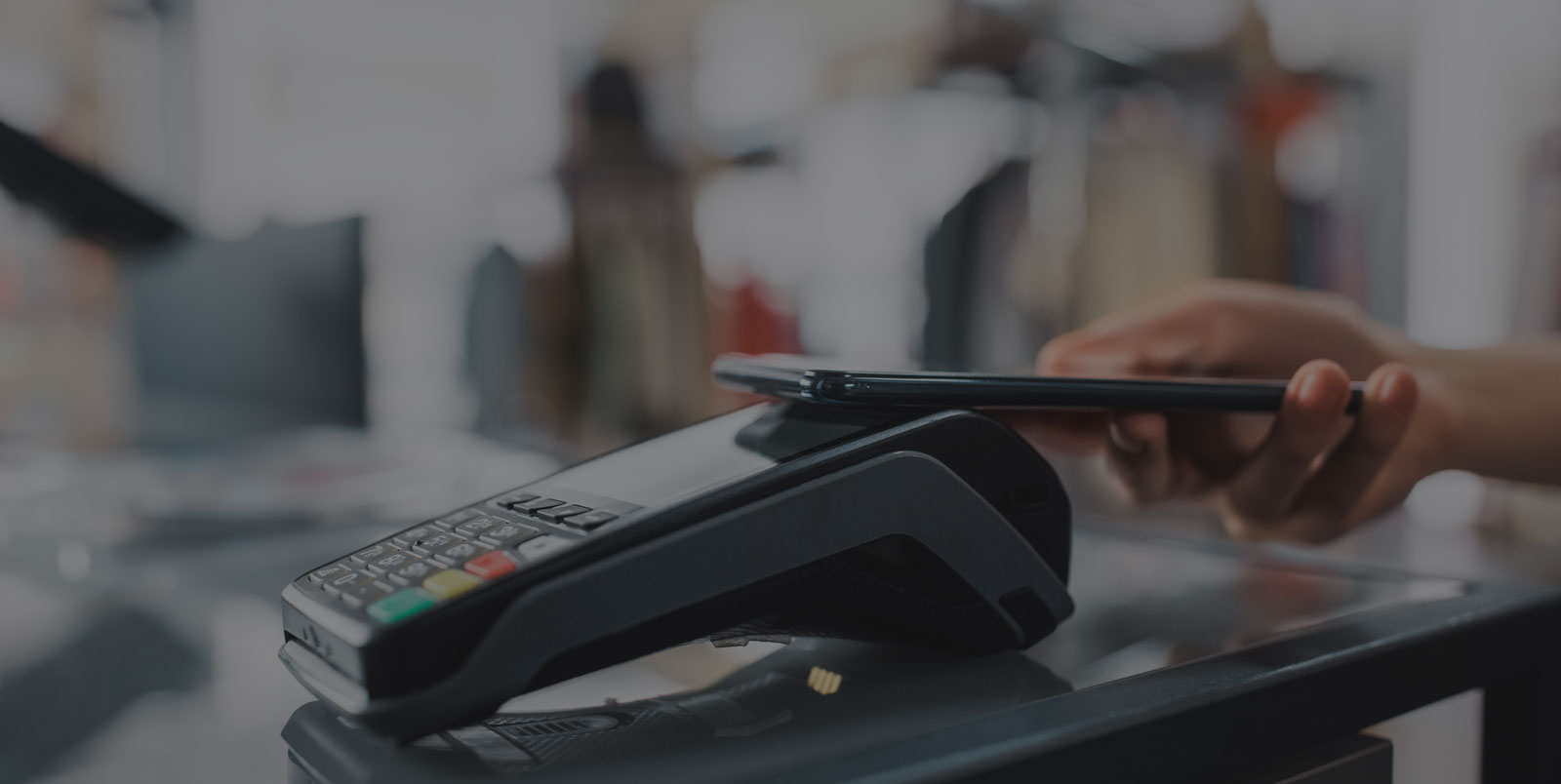
By Rosemary Pearson June 16, 2025
When your credit card network is out of coverage, it can be a disaster—lost business, frustrated customers, and growing stress on your employees. Whether it’s a network problem, a hardware failure, or a processor outage—the aim is to be prepared to respond quickly to minimize the disruption. Here’s an easy, step-by-step guide to assist you in navigating a credit card processing outage with confidence.
What Is a Credit Card Processing Outage?

A credit card processing outage occurs when businesses are unable to accept card payments temporarily—whether in person at a brick-and-mortar store, online, or even at an ATM. Transactions made with debit, credit, or prepaid cards may fail, hang, or be declined entirely during this period.
These interruptions are usually due to technical problems in the payment process. It might be an anomaly in the payment gateway, an issue with the card network (such as Visa or Mastercard), or even a failure of communication among banks and processors. Consequently, point-of-sale (POS) machines can freeze, online checkout pages can display errors, and customers may not receive money from ATMs.
For merchants, this translates to delayed sales, frustrated customers, and potential loss of revenue. For customers, it’s infuriating—particularly when they’re ready to make their payment and nothing functions.
Though the majority of outages are quickly resolved, some can continue for hours based on the nature of the issue. For this reason, it’s necessary for merchants to have alternative payment methods in place and remain informed through their payment processors when these occur.
What Causes Credit Card Processing Outages?

1. Issues at the Payment Processor Level
Sometimes, the problem isn’t on your end at all—it’s the processor. When a major payment company goes down, it doesn’t just impact you; it affects thousands of businesses at once. These types of outages can spread fast, freezing transactions everywhere, from small retail shops to big-name brands.
In situations such as these, there is not much you can do but wait it out. That’s why it is important to keep tabs on your payment provider on social media, visit their website for live updates, or reach out to customer service. If you wish to be more prepared in the future, having a backup processor or a second merchant account can be a lifesaver.
2. Failed Card Terminals or POS Hardware

Even when your internet is working great, and the payment network is good, a malfunctioning card reader can put transactions on hold. It may be due to old software, hardware, or simply everyday wear and tear.
To minimize the risk of such failures, get into the habit of keeping your terminal software current and checking the devices on a regular basis. Don’t wait until something breaks during a rush hour sale—always remember proper maintenance is your lifesaver during these times.
3. Internet Connectivity Issues
Most contemporary payment systems operate over the internet—whether it’s through Wi-Fi, Ethernet, or cellular networks. If that link fails, your ability to take payments goes with it.
Check your modem and router first. Sometimes a simple restart will fix things. If that doesn’t help, try connecting to a different network or using a mobile hotspot if possible. If the problem lies with your internet service provider (ISP), check a site like DownDetector to see if it’s part of a bigger outage in your area.
4. Power Outages
A power failure is also a frequent offender. It might have resulted from unfavorable weather, in-house infrastructure malfunction, or a utility issue within your region. Also if the lights are still burning, a tripped circuit or disconnected cable may quietly bring down your POS system.
Having a flashlight and reserve power sources on hand for these situations can help greatly. It’s also a good idea to call your local power company for a report and estimated repair time if a widespread grid failure is occurring.
Impact on Businesses and Customers

When card systems are out, the immediate impact is obvious—payments don’t process. But the effects ripple much more.
For companies, particularly smaller or independent ones, the timing of the outage is everything. If it occurs at rush hour or a holiday weekend sale, even a brief outage can mean huge lost sales. Customers who cannot pay may just walk off without buying, and many will never return. If repeated card outages occur, over time it can sully your reputation—customers will lose trust and begin using more trustworthy alternatives.
On the customer side, it’s frustrating and, frankly, awkward. Imagine standing at the checkout with a full cart, only to have your card repeatedly declined for no reason. In online shopping, failed transactions could mean missing out on time-sensitive deals, booking slots, or payment due dates. As the problem isn’t always communicated in real-time, people are often left confused about what went wrong.
In the end, both parties are left with a negative experience—one that can damage loyalty, trust, and profits.
What to Do in Case of a Credit Card Processing Outage

This is what you can do when your credit card processing goes down:
1. Begin with the Fundamentals: Verify Your Internet Connection
Before assuming it’s a full-blown network outage, make sure your internet is actually working. Many point-of-sale (POS) systems rely on Wi-Fi, and if the router is acting up, payments may fail. Try restarting your router or switching to a backup connection like a wired Ethernet line or mobile hotspot.
If your POS system has the capability, try to flip over to cellular data as a workaround. Some newer wireless card readers have this option, but not all of them do—so it’s nice to know what type of connectivity your system has before you’re in trouble.
2. Check Your Equipment
If the internet is okay, then you need to check your terminals or card readers. Are they turned on? Is the screen hung up or displaying error messages? Loose wires, bad card readers, or old software can all lead to issues. If you have backup devices available, now’s the time to employ them. Also, contact your payment processor’s support department if a hardware problem appears.
3. Check for System-Wide Outages
Sometimes there is no issue from both sides. During these situations utilize sites such as DownDetector and determine if there is an outage at your payment processor, card networks (Visa or Mastercard, for example), or internet providers. If everyone else is also experiencing the issue, it is likely an outage of a larger scale—and that means the time to shift attention to customer communication has arrived.
4. Provide Alternative Payment Methods
If card transactions are not processing, be prepared to provide alternatives. Mobile wallets such as Apple Pay and Google Pay, UPI apps, or peer-to-peer apps such as Venmo or Zelle payment may still be operational, depending upon the type of outage. Just ensure your network is active so these methods can work without any issues.
5. Have a Manual Backup Plan
It might seem retro, but a manual credit card imprinter or payment record system can be useful when outages last for an extended period of time. If you go this way, make sure to get customer signatures and write down each transaction—date, amount, and contact information—to process them when your system comes back online.
6. Keep Customers in the Loop
One of the greatest things you can do when the connection goes out is to communicate. Inform your customers what’s happening—be it a sign at the counter, a brief social media update, or an announcement on your site. Folks are much more patient when they realize the business is recognizing the issue and going to solve it. Radio silence, however, tends to produce exasperation and customer frustration.
Conclusion
Credit card processing outages are stressful, but if you have a plan in place, your company can remain calm, responsive, and customer-friendly. By troubleshooting effectively, providing alternate methods of payment, and communicating clearly, you can make a frustrating experience a moment of professionalism. Preparing your staff and systems beforehand makes it manageable so that even when payments are halted, your company doesn’t have to.
1. What causes a credit card processing outage?
Outages are caused by issues with the internet, loss of power, failure of hardware, or issues at the processor’s end.
2. What do I do first if my card machine breaks down?
Check for power and internet connections first, then check the terminal before contacting your payment provider.
3. Can I still take payments during an outage?
Yes, you can provide alternative payment options such as UPI, mobile wallets, or even card imprinting if supported.
4. How long do processing outages usually take?
Yes. Honest, courteous communication manages expectations and preserves trust during service disruption.
5. Should I notify customers of the outage?
Yes. Honest, courteous communication manages expectations and preserves trust during service disruption.
